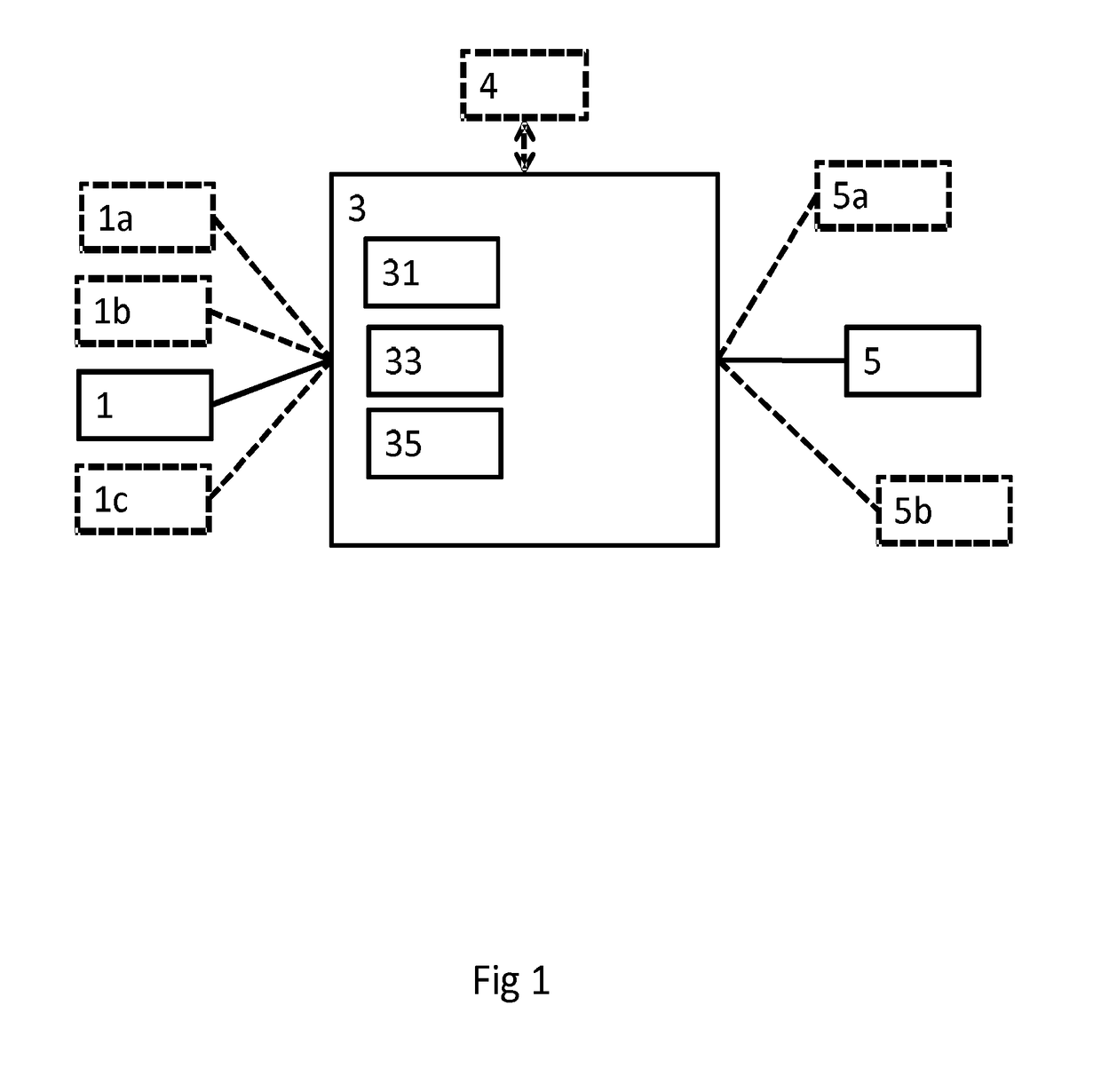A lighting system for a stadium
a stadium and lighting technology, applied in the field of lighting systems and methods, can solve the problems of difficult alignment of luminaires, difficult to accurately determine the aiming spot, and difficulty in achieving the expected or desired homogeneous lighting effect, and achieve the effect of enhancing the effect of adjacent light differences or errors
- Summary
- Abstract
- Description
- Claims
- Application Information
AI Technical Summary
Benefits of technology
Problems solved by technology
Method used
Image
Examples
Embodiment Construction
[0056]The concepts as described with respect propose the implementation of lighting intensity homogeneity measurement and control apparatus in combination with individually electronically controllable (for example individually dimmable) pitch or field lighting luminaires. Although the following example have been described with respect to stadium or arenas such as football stadia, it would be understood that the apparatus and methods described herein could be applied to various large scale lighting applications such as lighting for swimming pool arenas and velodromes. Thus the term “arena” or “stadium” within the document and the claims herein should be interpreted broadly to cover any architectural or façade lighting system. Such architectural or façade lighting system may illuminate a surface, which surface may be the ground, water, a structure, or any other surface that may receive illumination from the lighting system. The surface may be flat, curved, tilted, rough, smooth, or ha...
PUM
 Login to View More
Login to View More Abstract
Description
Claims
Application Information
 Login to View More
Login to View More - R&D
- Intellectual Property
- Life Sciences
- Materials
- Tech Scout
- Unparalleled Data Quality
- Higher Quality Content
- 60% Fewer Hallucinations
Browse by: Latest US Patents, China's latest patents, Technical Efficacy Thesaurus, Application Domain, Technology Topic, Popular Technical Reports.
© 2025 PatSnap. All rights reserved.Legal|Privacy policy|Modern Slavery Act Transparency Statement|Sitemap|About US| Contact US: help@patsnap.com



